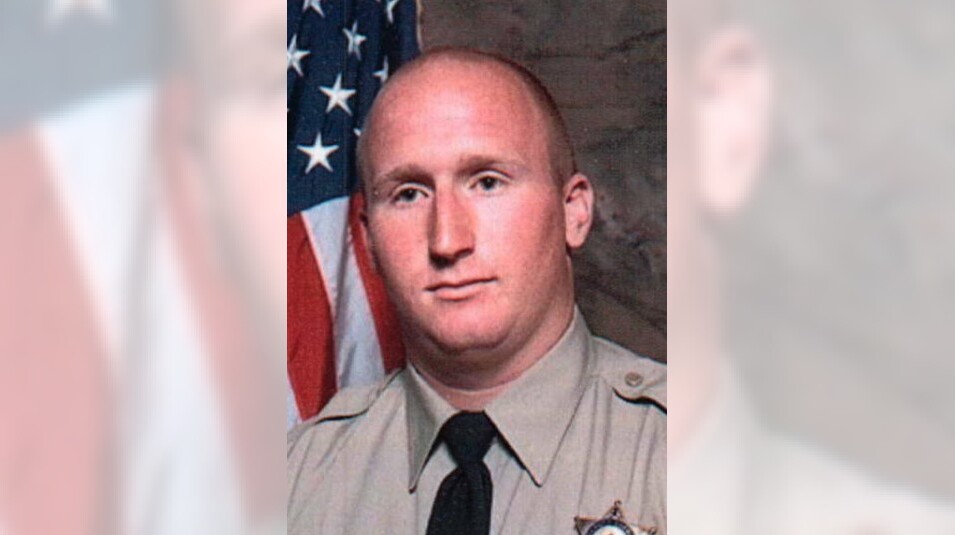A 25-year Riverside County sheriff’s deputy died from a bullet wound on Sunday, Oct. 12, after a hunting accident in rural Idaho.
Lt. Nathan Thomas Kaas, 48, was preparing to hunt mule deer with a friend in the Caribou-Targhee National Forest shortly before 6 a.m. when the friend pulled a rifle from its case in their vehicle, and it accidentally discharged, Clark County Sheriff Mark McClure said Tuesday. The bullet struck Kaas in the thigh in a spot that caused severe bleeding.
Kaas died before McClure and his deputy could arrive to help him, the sheriff said. The death was ruled an accident, and no charges will be filed, McClure said.
Kaas began his sheriff’s career in April of 2000. He held the ranks of investigator, sergeant and lieutenant and was most recently assigned to the Sheriff’s Emergency Response Team, said Lt. Deirdre Vickers, a sheriff’s spokeswoman.
“We extend our heartfelt condolences to Lt. Nathan Kaas’ family, friends, and colleagues as they navigate this difficult time,” Vickers said in an emailed statement.

Jeff J. Snider, in a Facebook post, said Kaas was his cousin and best friend.
“We played baseball together in Little League, wrestled and played football together in high school,” Snider wrote. “We served missions for our church at the same time, Nathan in Australia and me in Montana. We’ve been best friends through it all, even though we haven’t lived in the same state in 30 years. We were Best Man at each other’s weddings.
“We’ve spent hours on the phone, talking about parenting, the Dodgers, politics (as little as possible), and all sorts of dumb stuff,” Snider continued. … “He was counting down the days until he could retire to Idaho. I’m heartbroken and devastated. I know where he is now, which helps. But I also know where his wife and three kids are, where his mom and dad are, where his sister and three brothers are, and where I am, and that’s here on earth without him. And that hurts.”
Clark County is in southeastern Idaho, on the Wyoming border. McClure said the county’s population is only 800, a figure that he said more than doubles when visitors arrive to hunt deer, elk, bear, moose and antelope.



